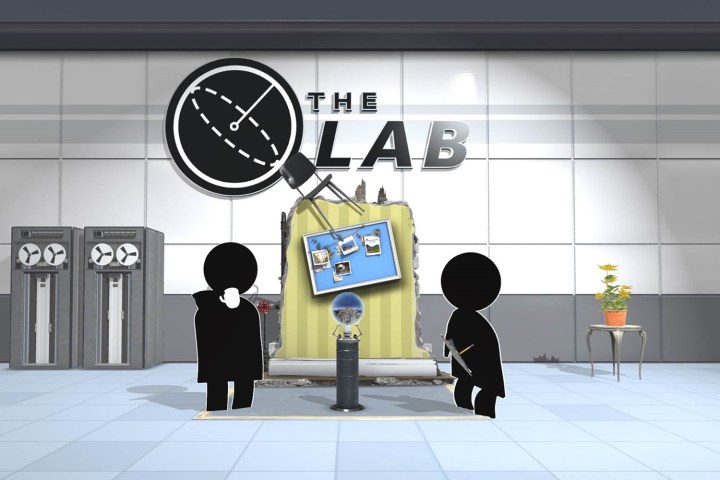
Valve has released The Lab Renderer as a free download for use with Unity 5.4. This package contains all the scripts, shaders, and source code used to create The Lab, a series of experimental experiences set in the Portal universe that illustrate the capabilities of VR tech.
The Lab Renderer was used to create all the experiences contained in The Lab, with the exception of Robot Repair, according to a blog post published by Valve’s Aaron Leiby. However, the package isn’t intended to be a replacement for the rendering features already available in Unity.
Instead, it’s meant to demonstrate just what can be done with the technology at this point in time. “We are shipping this for free to Unity developers as an example of how we think current-generation VR rendering can provide the highest-fidelity experience with the best performance,” Leiby wrote.
The features included span from an adaptive quality algorithm that can dynamically change rendering quality, to a single-pass forward rendering solution that allows developers to utilize MSAA — currently the preferred method of anti-aliasing for VR content. There’s also a GPU flushing technique intended to help improve performance.
Valve is supplying full source code and shader code so developers can chop and change various elements as they see fit. Given the relatively recent creation of many VR development techniques, access to these resources could give scores of greenhorns an opportunity to learn from experts working on the cutting edge.
The Lab Renderer is available for free via the Unity Asset Store.


